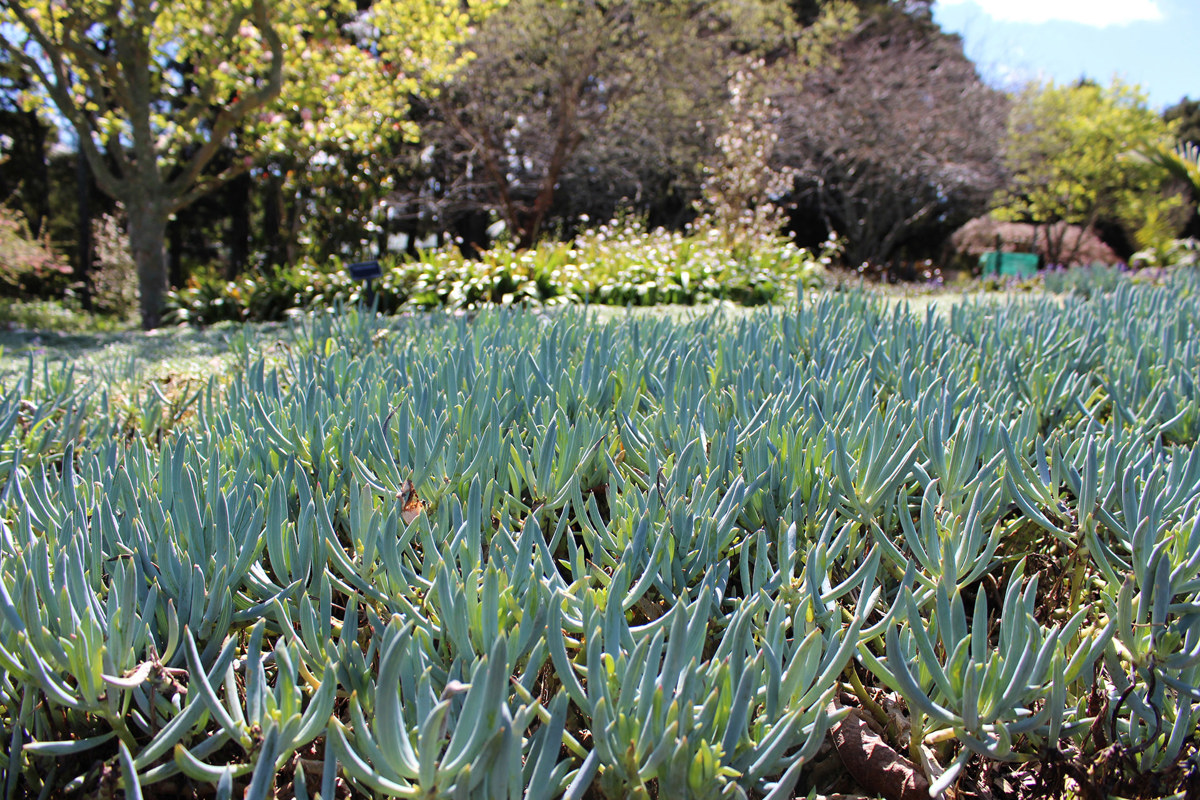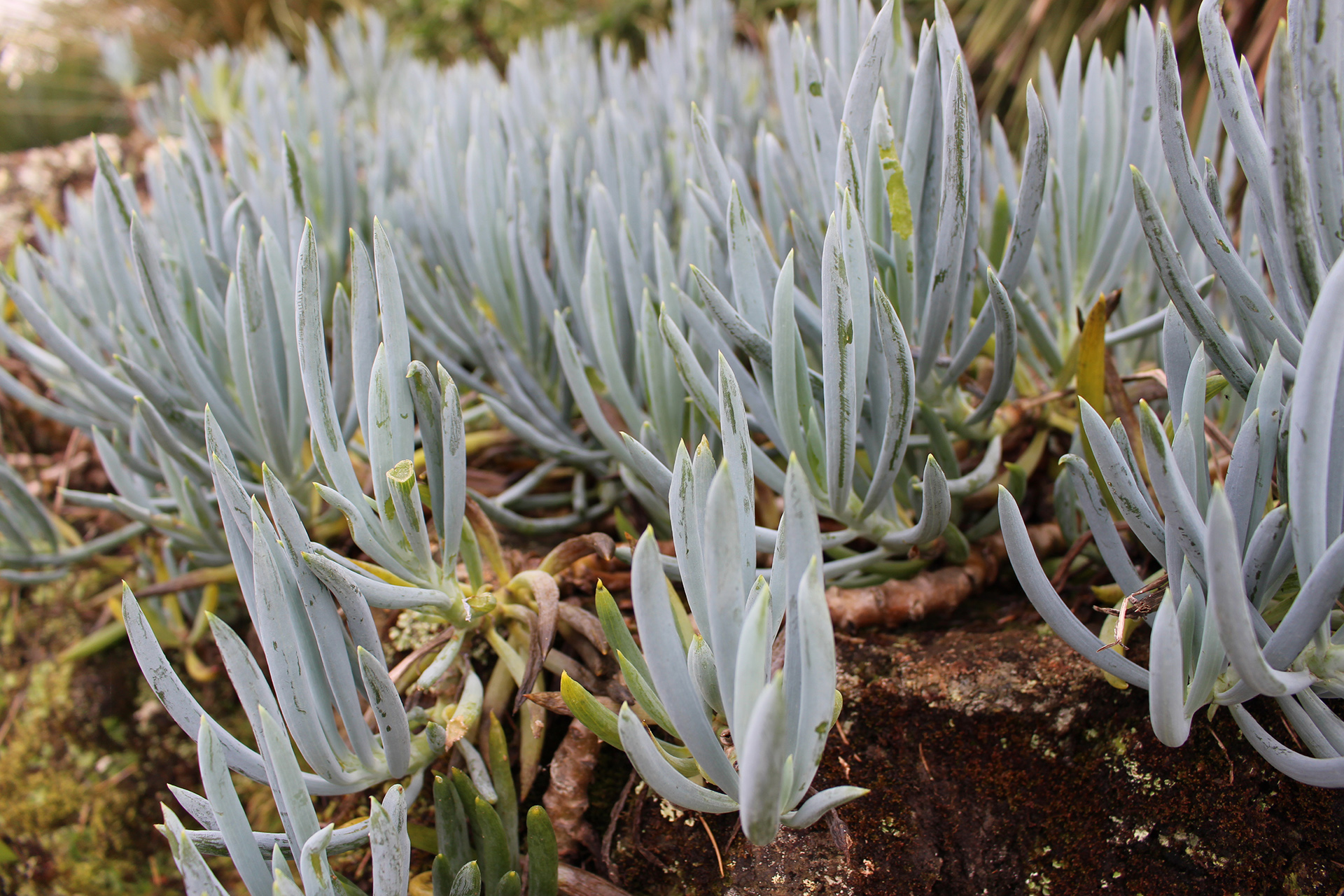Physical characteristics
A low growing
Flowers and foliage
The prostrate stems which branch from the base and root along its stems hold short
Preferred site
Best planted in
Preparation for planting
Heavy clay soils are unsuitable but conditions can be improved by adding plenty of course grit or pumice or by creating raised beds filled with gritty soil. Always choose healthy well grown
Maintenance tips
This Senecio is a great low maintenance plant. After planting it is advisable to mulch using crushed stone rather than bark which is both in keeping with
Pests and diseases
Prone to root rot if the soil is too
Location at Auckland Botanic Gardens
Urban
Interesting facts and tips
This plant comes from the Cape of Good Hope in South Africa and was first introduced into cultivation in 1710. The name Senecio comes from the Latin word 'senex' meaning "old" or "old man" in reference to its downy head of seeds and the specific epithet means "creeping".




.jpg?width=1200&height=1200&v=1d4024dceb89e50)

.jpg?width=1200&height=1200&v=1d5569224d63650)
 .jpg?width=1200&height=1200&v=1d4024df6ce2770)
.jpg?width=1200&height=1200&v=1d55676a892f2b0)
 .jpg?width=1200&height=1200&v=1d4024e3b65f7f0)